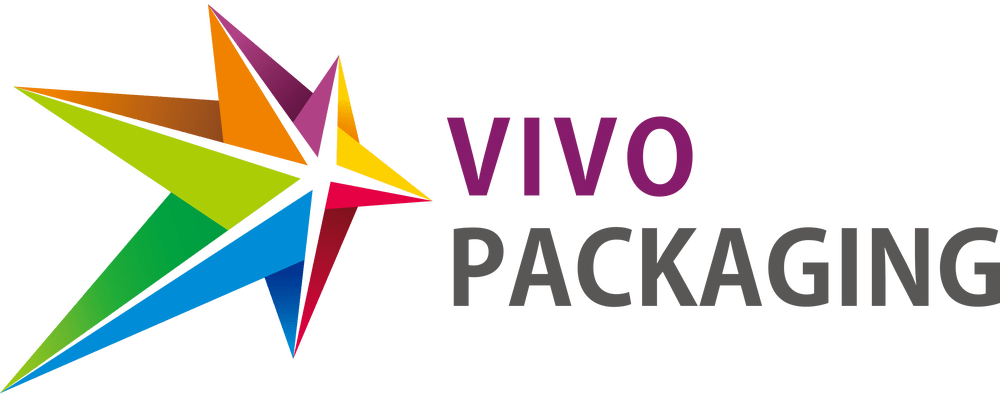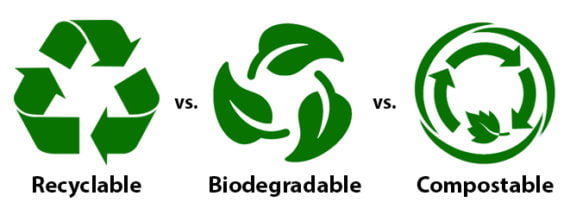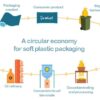Differences between compostable, biodegradable and recyclable packaging
Most of our favorite things come wrapped in different packages. Because of that, the package itself is frequently and easily overlooked – everyone only cares about what’s inside, don’t they?
However, within the world of packaging, there’s an ongoing issue: balancing environmental sustainability with business. This is very hard because technology and science need to update frequently in order to aid the enterprises to develop new materials that help both aspects.
Therefore, nowadays, when it comes to packaging, there a lot of different types, thanks to the advances in different areas like the ones mentioned above.
Furthermore, the best known are biodegradable, compostable and recyclable packaging. Although a lot of people use these terms, not everyone knows what they mean, which is why we’re here to help you with that.
What’s compostable?
This is a term used to describe a specific trait of some items, which results in their ability to be broken down by microbes.
With the proper amount of water and oxygen and the right level of heat, compostable items will decompose at the same speed that other materials do.
As a result, the items won’t leave residues or toxins, and they will provide nutritive soil.
If that’s compostable… what’s biodegradable?
Biodegradable refers to an item’s capacity to degrade with natural processes, such as the actions of algae, fungi or bacteria.
When it comes to packaging, the most common material used is all paper-based items like corrugated cardboard.
Understood… then, what’s recyclable?
Within the world of packaging, this is a term used to describe all materials that can be used again, frequently after being processed.
In packaging, some examples of this are metal, paper, card, glass, and some plastics.
In order to make sure that any material is recyclable, the packaging must include a clear label that indicates this.
Said identification also includes guidance on the best ways to recycle the item so it leaves the smallest carbon footprint possible.
Now that the definitions of the three concepts have been established, it’s important that we learn to differentiate properly between them because they can lead to some confusion.
1. Biodegradable versus Compostable
Although all compostable items are biodegradable, this doesn’t happen the other way around.
This happens because while something can biodegrade, there’s no amount of time established on how long this will take. Therefore, if the process takes years to complete, it won’t be compostable.
At the same time, there are items that can biodegrade but they result in toxins, chemicals or contaminants; so they don’t qualify as compostable either.
2. Compostable and Biodegradable versus Recyclable
Both compostable and biodegradable items have the core trait of being able to decompose. When it comes to recycling, by definition, the materials have to be reused.
In other words, compostable and biodegradable items will disintegrate, whereas recyclable items will be used again after their initial processing.
Although one of the enterprises’ biggest challenges is to balance business with the best things for the environment, current advances in technology and knowledge are providing a new understanding of what recyclable, compostable and biodegradable items mean for the packaging world.









